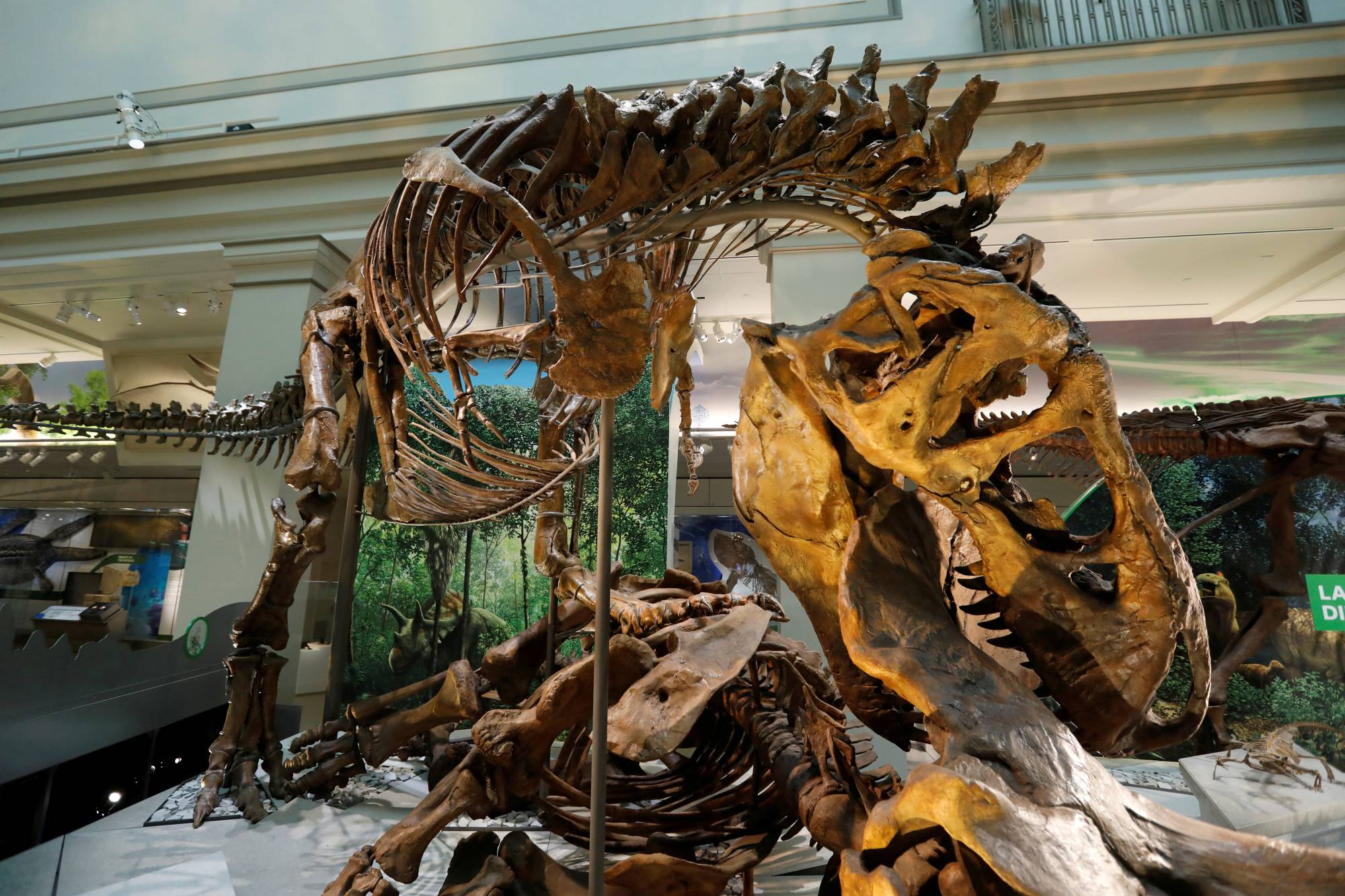The dinosaur group called theropods included the largest land meat-eaters ever to roam the Earth — up to the size of a school bus. But there also were theropods the size of a tabby cat and others of various dimensions, including beaked and toothless fruit-eaters and some bizarre long-clawed species that redefine weird.
Scientists had long believed that these dinosaurs followed a uniform pattern in determining the body size of a species, whether gigantic or diminutive, with the rate of growth being the deciding factor — faster meaning bigger and slower meaning smaller. A new study adds to the evidence overturning that idea.
Researchers said on Thursday they examined rings called cortical growth marks laid down annually inside the bones as these animals grew — akin to growth rings inside tree trunks — of three dozen theropod species. Widely spaced rings indicate a speedier growth rate. Closely spaced rings indicate slower growth.


















With your current subscription plan you can comment on stories. However, before writing your first comment, please create a display name in the Profile section of your subscriber account page.